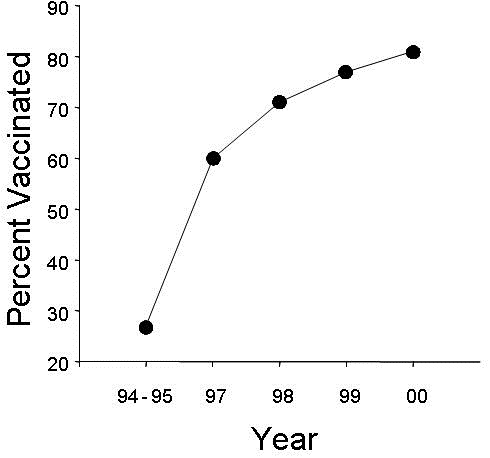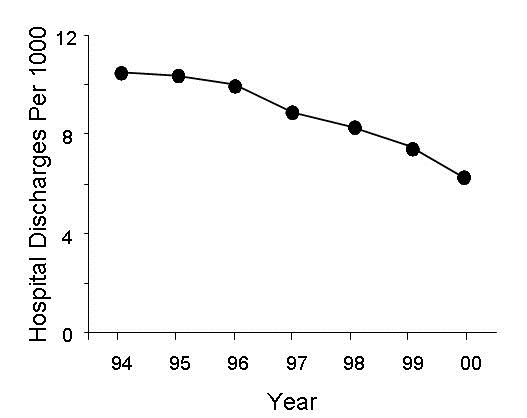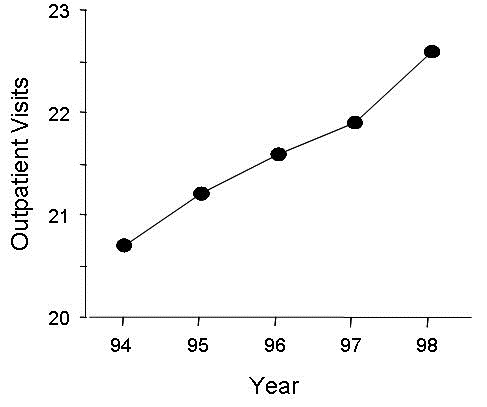October 2013 Pulmonary Journal Club: Pulmonary Artery Hypertension
 Wednesday, October 30, 2013 at 9:25PM
Wednesday, October 30, 2013 at 9:25PM Pulido T, Adzerikho I, Channick RN, Delcroix M, Galiè N, Ghofrani HA, Jansa P, Jing ZC, Le Brun FO, Mehta S, Mittelholzer CM, Perchenet L, Sastry BK, Sitbon O, Souza R, Torbicki A, Zeng X, Rubin LJ, Simonneau G; SERAPHIN Investigators. Macitentan and morbidity and mortality in pulmonary arterial hypertension. N Engl J Med. 2013;369(9):809-18. [CrossRef] [PubMed]
The October pulmonary journal club was focused on pulmonary hypertension. We reviewed a total of 5 articles on pulmonary hypertension. The 2 articles on riociguat that appeared in the New England Journal of Medicine have been reviewed and summarized in the September Pulmonary Journal Club (1-3).
Current therapies in the treatment of pulmonary hypertension have been based on their efficacy in improving exercise tolerance and 6 minute walk time. Macitentan is a new endothelin receptor antagonist that has now been approved by the FDA for the treatment of Class I pulmonary hypertension. The trial was a multicenter double-blind, placebo-controlled study. A total of 742 patients were included and divided into 3 arms (placebo, 3mg, and 10mg). Inclusion criteria were Class I pulmonary hypertension, World Health Organization (WHO) class 2-4, and confirmation of pulmonary hypertension by right heart catheterization. Patients were excluded if they were receiving subcutaneous or IV prostacyclin therapy. Composite primary endpoints were monitored for morbidity (decrease in 6 minute walk, increase in symptoms, need for additional therapy, septoplasty, lung transplantation) and mortality. The results showed that there was a reduction in composite endpoint for morbidity but this was largely due to an improvement in 6 minute walk time. There was no significant reduction in mortality. The studying initially looks exciting in that it was a large study and the first to look at morbidity and mortality. The problem however lies in using composite endpoints in defining morbidity. By using multiple variables as 1 composite endpoint it’s easier to report a significant effect when there really is not much of one. The study is promising and the medication does show an improved exercise tolerance. A longer term study would be more fruitful in further evaluating mortality. Our review yielded that we would consider using this medication, but were unsure as to what tier it would fall in. Cost will likely be a prohibitive factor especially since other less expensive endothelin receptor antagonists have similar efficacy.
Minai OA, Yared JP, Kaw R, Subramaniam K, Hill NS.Perioperative risk and management in patients with pulmonary hypertension. Chest. 2013;144(1):329-40. [CrossRef] [PubMed]
Kosarek L, Fox C, Baluch AR, Kaye AD. Pulmonary hypertension and current anesthetic implications. Middle East J Anesthesiol. 2009;20(3):337-46
The perioperative care of patients with pulmonary hypertension remains a challenge with no formal guidelines on management. The above 2 articles were a review on the physiology of pulmonary hypertension, and the rationale for use of certain medications. Our review of the articles led to the consensus that our current model of practice follows that of expert opinion. We often start a PDE5 inhibitor as first line therapy preoperatively and will delay surgery in high risk patients until pulmonary hypertension management has been optimized. The main differences we encountered were in the use of pulmonary artery catheters over continuous TEE probes and whether to initiate IV prostacyclin therapy based on echo findings alone. Our practice style has been to place pulmonary artery catheters preoperatively and leave them in during the post operative period for the first 24-48hrs while medications such as inhaled nitric oxide or IV prostacyclin infusions are in use. Echocardiograms are often misleading in identifying the severity of pulmonary hypertension, but once you identified that that a severe pulmonary hypertension scenario is present, we advocate having an experienced cardiac anesthetist and/or pulmonologist experienced with inhaled nitric oxide, IV prostacyclin therapy on standby while undergoing moderate sedation or anesthesia, and this even includes the initial right heart catheterization. Much of the perioperative management is recognizing the potential needs of the patient and having the appropriate meds and personnel available. I think it goes without saying that these patients should be managed in specialized centers.
Manoj Mathew, MD FCCP
Associate Editor
Pulmonary Journal Club
References
- Ghofrani HA, D'Armini AM, Grimminger F, Hoeper MM, Jansa P, Kim NH, Mayer E, Simonneau G, Wilkins MR, Fritsch A, Neuser D, Weimann G, Wang C; CHEST-1 Study Group. Riociguat for the treatment of chronic thromboembolic pulmonary hypertension. N Engl J Med. 2013;369(4):319-29. [CrossRef] [PubMed]
- Ghofrani HA, Galiè N, Grimminger F, Grünig E, Humbert M, Jing ZC, Keogh AM, Langleben D, Kilama MO, Fritsch A, Neuser D, Rubin LJ; PATENT-1 Study Group. Riociguat for the treatment of pulmonary arterial hypertension. N Engl J Med. 2013;369(4):330-40. [CrossRef] [PubMed]
- Robbins RA. September 2013 pulmonary journal club: riociguat; pay the doctor. Southwest J Pulm Crit Care. 2013;7(3):190-2. [CrossRef]
Reference as: Mathew M. October 2013 pulmonary journal club: pulmonary artery hypertension. Southwest J Pulm Crit Care. 2013;7(4):267-8. doi: http://dx.doi.org/10.13175/swjpcc146-13 PDF



